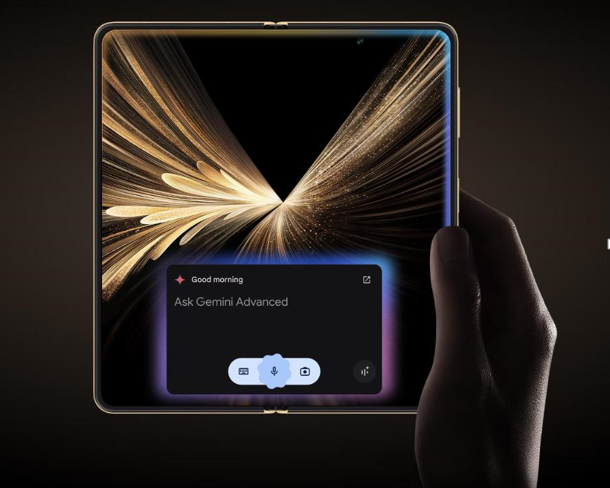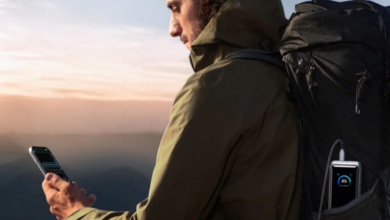
Nurturing Learning with Smartphones in Education
Smartphones are reshaping education, offering unique opportunities to enrich learning experiences. These devices empower students to explore diverse educational content and provide teachers with versatile teaching aids. The educational impact of smartphones is undeniable, as they transform traditional methods. Their ubiquity in learners’ pockets makes learning more accessible than ever before. By integrating smartphones into curricula and classroom activities, educators can enhance pedagogical strategies. These tools are not only changing the way information is received but also promoting interactivity and collaboration among students. It’s essential to understand how to harness the power of these devices responsibly, ensuring they contribute positively to academic success and personal development.
How Smartphones Support Learning & Teaching?
Smartphones revolutionize learning by providing seamless access to educational resources and promoting interactive teaching strategies.
Accessing Content Anytime, Anywhere
Learners can access educational content at their convenience, eliminating barriers of time and location. Podcasts, online courses, and subjects are available through mobile apps, promoting self-directed learning. This accessibility empowers students to learn at their own pace, revisiting complex concepts and advancing quickly through familiar material. Such autonomy fosters a deeper understanding and greater retention. Teachers can share readings, videos, or assignments instantly, enabling students to review material beyond school hours. Furthermore, internet connectivity ensures students can engage in real-time discussions with peers worldwide, broadening perspectives and encouraging cultural exchange. Smartphones thus bridge the gap between classroom learning and real-world knowledge.
Interactive & Multimedia Tools
Smartphones offer interactive and multimedia tools that enhance the learning experience through dynamic content. Applications like Khan Academy and Duolingo give students opportunities to engage with topics through videos, quizzes, and lively interactions. Gamification elements motivate students to explore subjects creatively, fostering a fun learning environment. Teachers can utilize Augmented Reality (AR) apps to bring historical events or scientific phenomena to life, providing visual and tangible aids to support comprehension. The multimedia engagement addresses different learning styles and preferences, catering to auditory, visual, and kinesthetic learners. By merging entertainment with education, smartphones ensure students remain engaged and motivated in their learning journey.
Personalized Learning
Smartphones offer personalized learning experiences tailored to individual needs and preferences. Educational apps often analyze learners’ progress, providing adaptive feedback and personalized content recommendations. This customization helps students focus on areas requiring improvement, fostering targeted growth. Tools like Google Classroom allow teachers to customize lessons and assessments based on individual student profiles, ensuring learning objectives are met effectively. Personalization encourages students to take ownership of their learning journey, cultivating self-motivation and accountability. The ability to learn in a manner that suits their unique needs can lead to greater academic achievement and satisfaction, making smartphones a valuable asset in personalized education. Here again, accessibility and affordability play a role, with some families weighing options like the HONOR Magic V5 price to ensure they choose the right device for both educational and financial needs.

Best Practices to Integrate Smartphones Effectively
Effective integration into education requires strategic planning, ensuring smartphones are used productively and responsibly.
Clear Policies & Teacher Training
Establishing clear policies regarding smartphone use in educational settings prevents misuse and sets boundaries. Institutions should outline acceptable usage, emphasizing appropriate times and settings for device utilization. Teachers must be trained to integrate smartphones into their teaching methods, maximizing benefits while minimizing distractions. Training programs can equip educators with skills to leverage apps and multimedia tools effectively during lessons. By emphasizing these rules and providing guidance, students and educators can make informed decisions, reducing disruptions and maintaining classroom focus. Successful integration hinges on collaboration between educators and administrators in crafting policies that prioritize academic integrity over technology dependence.
See also: Streamlining Retail Operations With Advanced Technology
Selecting Quality Educational Apps and Content
Choosing the right educational apps and content is crucial for maximizing the benefits of smartphones in learning. Educators should prioritize apps that align with curriculum goals, ensuring they supplement traditional teaching methods effectively. Reviews, ratings, and expert recommendations can guide selection, highlighting apps with proven educational efficacy. Encouraging collaboration among educators, students, and parents in app selection ensures that chosen resources meet diverse learning needs. Regular assessments of app performance and user feedback ensure continuous improvement. By focusing on quality, educators can ensure that smartphones serve as valuable tools in enhancing subject comprehension and fostering analytical skills.
Balancing Screen Time and Maintaining Focus
Balancing screen time is essential to prevent distraction and maintain focus on learning objectives. Educators should promote disciplined habits, encouraging students to engage with smartphones mindfully. Defining time limits for educational app use ensures students remain diligent in maintaining a balanced approach to learning. Techniques such as setting timers or designing schedules help prevent excessive usage, safeguarding students’ attention. Encouraging active breaks and offline engagement in classroom activities can enhance overall concentration and productivity. By monitoring smartphone use and incorporating offline study techniques, educators can help students develop a healthy relationship with technology, fostering focused academic growth.
Overcoming Obstacles & Pitfalls
Addressing challenges prevents disruption and ensures smartphones serve educational purposes effectively.
Distraction, Misuse & Classroom Management
Smartphones can distract students and complicate classroom management when used improperly. Teachers can combat this by establishing boundaries and employing strategic classroom layouts that minimize temptation. Monitoring in-class behavior and implementing consequences for misuse deters distractions. Educators can encourage engagement through interactive lessons that employ smartphones constructively, addressing misuse by exemplifying productive behavior. Encouraging students to participate in smartphone-centric activities keeps focus high and classes organized. Active involvement of students in establishing guidelines fosters accountability. Educators must remain vigilant, adapting strategies as technology evolves to uphold a respectful and attentive learning environment where distractions are minimized.
Privacy, Data Security, and Ethical Concerns
Privacy and data security are critical when integrating smartphones into education. It’s important to educate students on protecting personal information while using apps and ensuring content is responsibly sourced. Educators should prioritize apps that adhere to strict data protection standards and transparently communicate these practices to students and parents. Promoting ethical standards in digital interactions fosters a respectful virtual environment. Cybersecurity education initiatives can equip students with the knowledge to safeguard their privacy. Continuous evaluation of app security measures and policies is necessary, ensuring data protection remains a priority. By fostering ethical smartphone use, educators can prevent privacy breaches and promote digital citizenship.
Conclusion
Smartphones present remarkable opportunities to enrich educational experiences through accessible and personalized learning. By thoughtfully integrating these devices into curriculum and classroom practices, educators can support student growth and engagement. Addressing challenges such as distraction and privacy concerns requires strategic planning and collaboration among teachers, administrators, and parents. The educational landscape is evolving, and smartphones can serve as catalysts for progress. When used responsibly, they promote dynamic learning and captivate students’ interest. Teaching practices must evolve alongside technology to fulfill the promise of smartphones in education. Through understanding, planning, and adaptation, educators can unlock the full potential of smartphones in nurturing academic excellence.




